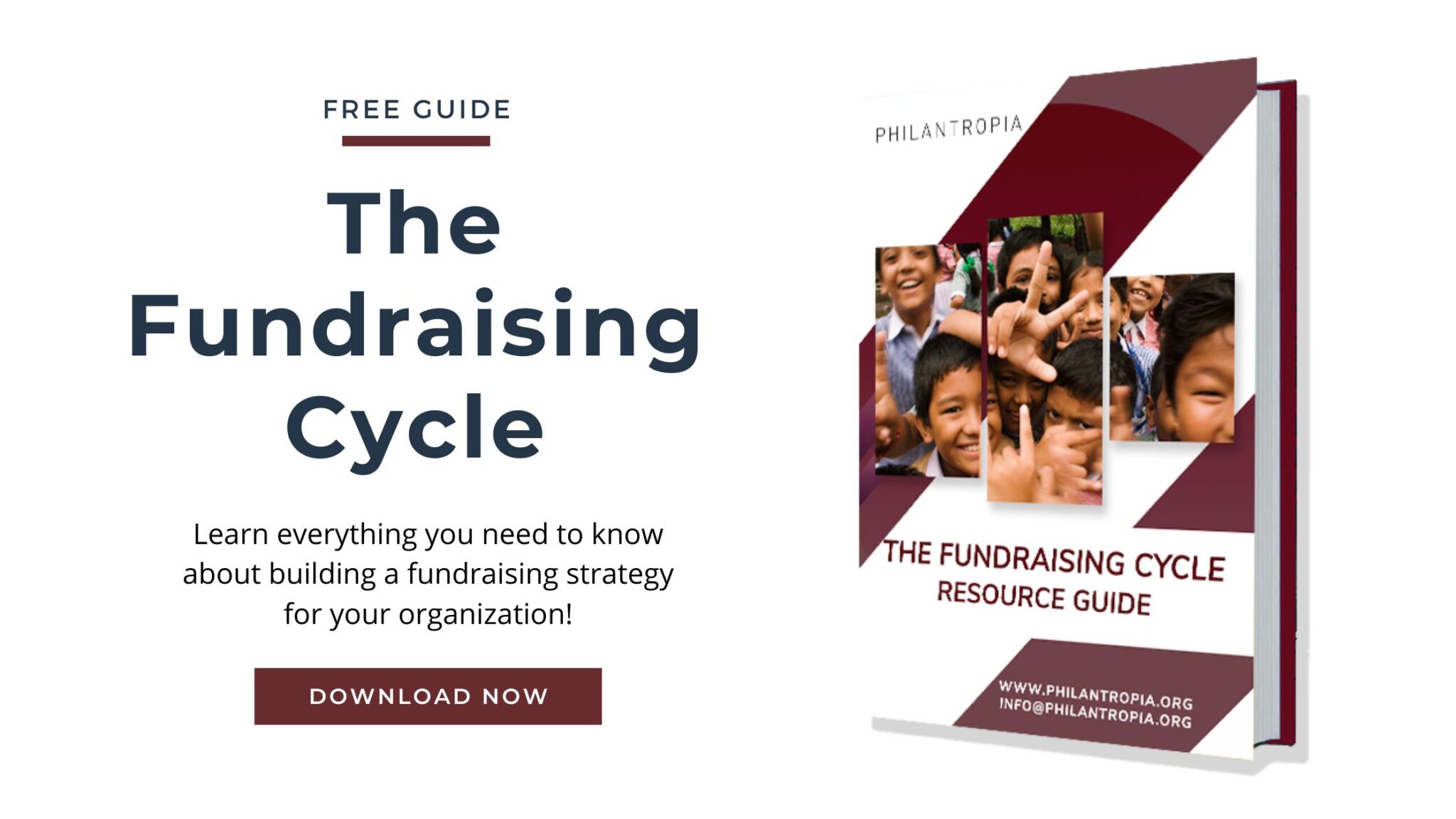So in our previous articles, we talked about the differences between a proposal and a concept note – and this post is all about the parts of a proposal. There are certain sections that every proposal should cover so that the reader can understand what you want to propose. If the donor gives you guidelines, by all means, follow those guidelines, but if its up to you, you can follow this structure:
Introduction/Summary
Who is doing what, when, where, why, and how? Keep this section as short as possible, but as long as necessary. Don’t write it first thing – your project might change during the process of proposal writing.
Project Background
Why do you want to implement the project? What is the problem you want to address and why is it a problem? Why are you the perfect entity to implement the project? And what is the relevance of this project for the donor? Work with data and case studies here when possible.
Project Participants
Who are you going to work with? Who are the people that will benefit from your project? Distinguish between direct beneficiaries and indirect beneficiaries. Also, consider stakeholders – who else has something to say about the project but might not be directly involved?
Goals and Objectives
What do you want to achieve with your project? What is the overall goal (on the project level) and what are your specific objectives? Your objectives should be SMART (Specific, Measurable, Achievable, Relevant, and Time-Bound).
Strategies and Activities
How do you actually want to achieve your goals and objectives? What are the strategies or approaches that you want to follow and which activities are you going to implement under these strategies?
Project Results
What do you think you will achieve with your project? What are your projected results? Distinguish between output (short term) and outcome (mid-term). If you want to claim real impact, you will need a lot of data to draw clear conclusions.
Budget
Every proposal needs a budget. You can organize your budget according to activities or line items – if you can choose, always use the activity based one. Your budget should be a description of your project in numbers, so make sure it reflects every activity you want to do and is correct.
Timeline
In the timeline, you have to show in which timeframe you want to implement the project. When do you want to start, when do you want to finish, and what are milestones along the way that you want to achieve?
In the M&E plan, you show how you want to show the donor in the end that your project was successful. You have to define indicators and target values with the baseline values. This way, you can clearly show progress after you finish the project and the donor understands how you want to go about your evaluation.
Sustainability plan
In the sustainability plan, you describe how you want to sustain the project long-term. There are three main parts of project sustainability – financial sustainability, community sustainability and organizational sustainability.
These are the main points you should cover in your proposal – as long as the donor did not tell you anything different. Again, keep it as long as necessary, but as short as possible.
If you want to learn more about the proposal – we have developed a resource guide that explains everything in much more detail.
Get your copy now at the discounted price of 9.99 USD only – included you will also find a proposal template, some samples and a checklist that will help you to file your first proposal!



